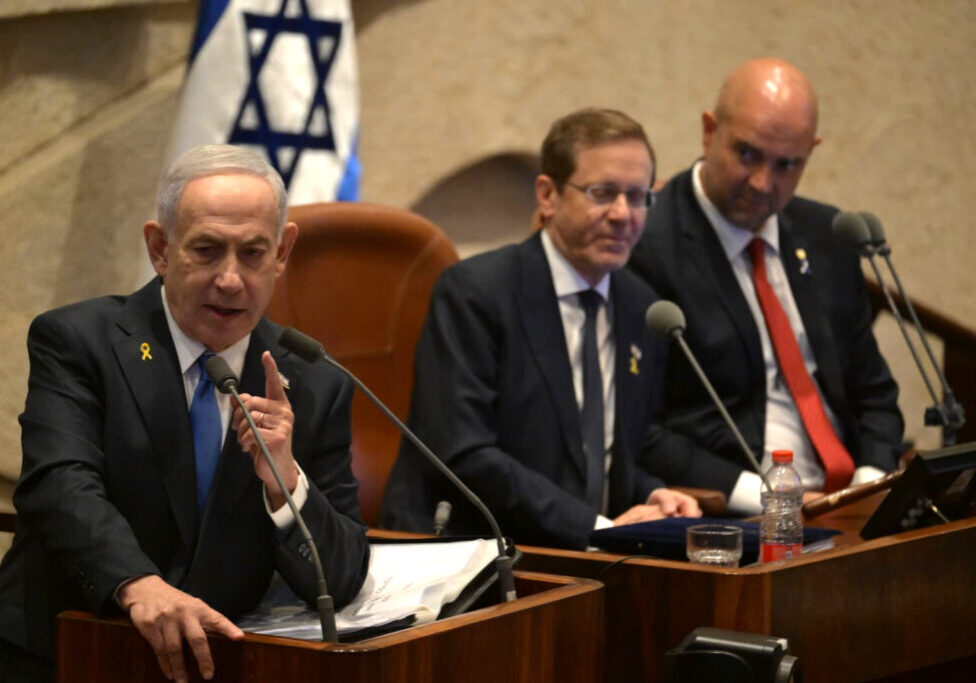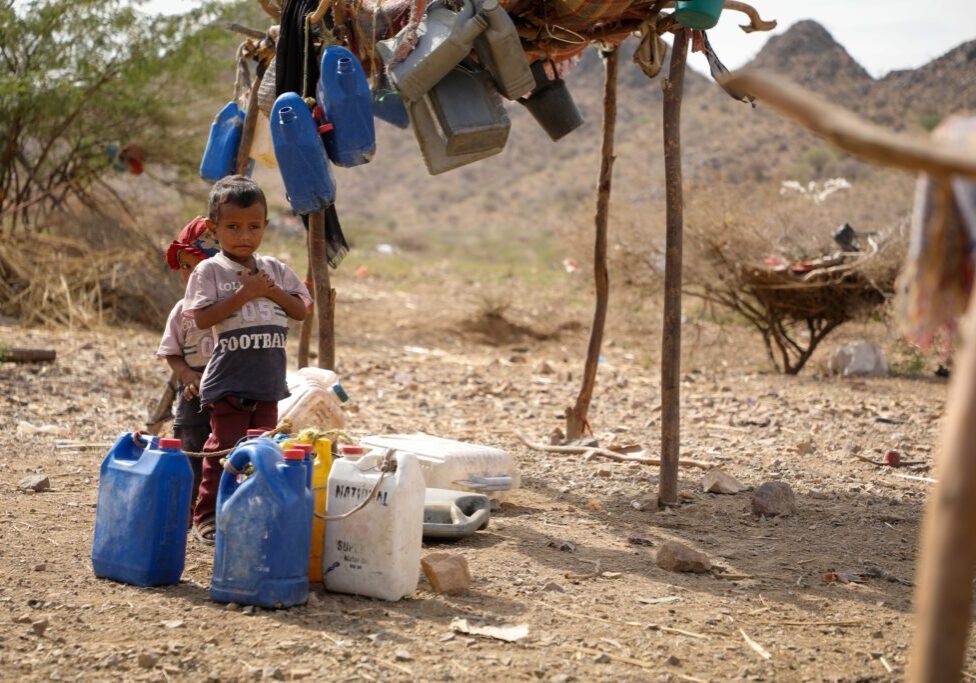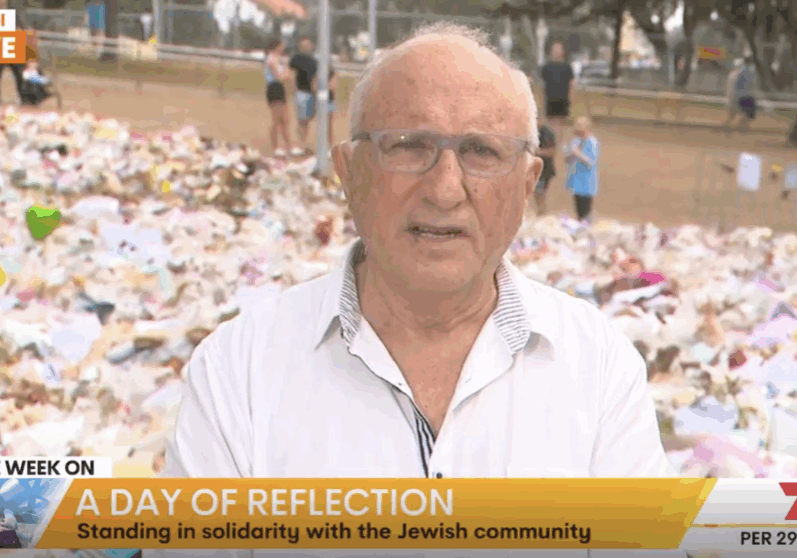FRESH AIR
Understanding the security threat from violent extremists
July 8, 2022 | Oved Lobel

Ever since the terrorist massacre of Muslims in Christchurch, New Zealand, in March 2019, mass-casualty attacks and attempted attacks by self-radicalised white supremacists have increased around the world. The most recent was the hideous mass shooting in Buffalo, New York, on May 14 targeting African Americans. This trend has led to an increased focus in Australia and across the West on the dangers posed by the “far-right”.
While Australia has thankfully so far avoided such attacks, serious concern over this threat, and preparations to confront it, are warranted. However, this phenomenon has caused some analysts and commentators to conflate legitimate fears over lone-wolf attacks inspired by extremist views with overblown concerns related to the actions of organised far-right groups in Australia.
In 2021, the Australian Security Intelligence Organisation’s (ASIO) director-general, Mike Burgess, announced that the agency would move away from identifiers such as “Islamic”, “extreme left-wing” and “extreme right-wing” when identifying violent threats facing Australia “because the current labels are no longer fit for purpose; they no longer adequately describe the phenomena we’re seeing.” Instead, ASIO would now group threats into two categories: ideologically motivated violent extremism and religiously motivated violent extremism.
This was an important shift, as “far-right” has long been too broad a category to be analytically useful. As the Victoria Police, among other domestic and international security agencies, have noted, “Individuals and groups who adhere to RWE [right-wing extremist] ideologies have diverse and multifaceted ideological views. It is not a cohesive cohort.” Moreover, the “threat does not exist in a vacuum and is directly influenced by a symbiotic relationship with the threat of left-wing extremism.” Finally, “conflating ideologies”—drawing together a diverse coalition based on COVID-19 conspiracy theories, anger at public health measures and other anti-government sentiments—have made the use of the term “far-right” moot.
Within the new framework of ideologically motivated violent extremism, a subset of the threat involves “nationalist and racist violent extremist” groups, several of which have been designated by the government as terrorist groups. However, speaking on the threat they pose, Burgess said: “These groups promote hateful ideologies but that does not automatically put them in the same threat category as ISIL [Islamic State of Iraq and the Levant] or al-Qa‘ida. ASIO has the difficult but critical job of distinguishing between talk and action, aspiration and capability.”
This is crucial to understanding the security threat from ideologically motivated violent extremism: to date, no contemporary nationalist and racist violent extremist group, foreign or domestic, has been involved in a serious terrorist attack, despite their chatter online and off. This is perhaps partly because security agencies are extremely effective in monitoring and infiltrating such groups, but to a much greater degree it reflects the lack of capability and possibly even genuine aspiration to conduct mass-casualty attacks.
Instead, these groups function as little more than extremist fraternities and, despite their hateful rhetoric, have never translated their millenarian beliefs about a “race war” into real-world violent action or even inspired the “leaderless resistance” they claim to champion.
Furthermore, the milieu of nationalist and racist violent extremism in Australia, as elsewhere, is extremely fractured. For example, Thomas Sewell’s National Socialist Network was described by security sources as a “disorganised, amateurish outfit, riven with internal conflicts” and comprising mostly “blowhards”. Ethan Tilling, a short-lived Australian member of regional white supremacist group Right Wing Resistance, referred to its members as “absolutely useless human beings”. In real life, the activities of these groups in Australia are overwhelmingly characterised by graffiti and vandalism as well as hateful, intimidating posters, flyers and messages.
Individuals not necessarily affiliated with any nationalist or racist violent extremist group have physically abused political opponents and members of ethnic minorities—although even this rarely translates into actual physical assault—and one or two have even allegedly planned to bomb infrastructure associated with their perceived opponents. Nevertheless, none of these attacks—which can be counted on one hand over a decade—ever got beyond the planning stage, and no evidence exists that any was aimed specifically at causing casualties.
This becomes most obvious when looking at the numbers. Australian Federal Police (AFP) Commissioner Reece Kershaw said in late 2021: “Religiously motivated violent extremism (i.e. jihadi terrorism) remains the biggest threat. Eighty-five per cent of investigations relate to RMVE.” This is astounding considering Australia’s demographics: Islamic extremists are a tiny minority of the population and are vastly outnumbered by individuals affiliated with the nebulous “far-right”. 75% of arrests by the AFP are related to RMVE.
Burgess gave larger figures during his speech, saying that ideologically motivated violent extremism now accounted for “around 40%” of ASIO’s priority counterterrorism caseload. Importantly, however, he was referring to all ideologically motivated violent extremism, not merely nationalist and racist violent extremism, which doesn’t represent the same threat of violence as jihadi terrorist groups.
Part of this increase in caseload, Burgess said, was due to “our decision to dedicate more resources” to analysing the threat. In his 2022 threat assessment, he did away with the breakdown entirely, likely to avoid confusion and politicisation.
There is, however, an ideologically motivated violent extremist threat to Australia, though not one that overlaps with the nationalist and racist violent extremist groups. It is here that security agencies should continue to focus their efforts—namely, completely unaffiliated individuals self-radicalised on digital communications platforms and social media forums, like both the Christchurch and Buffalo perpetrators.
As Kershaw said, Australia has “concentrated investigative efforts on individuals or small networks of three to four individuals who are not aligned to members of a specific nationalist or racist group.”
The danger of lone attackers, as opposed to racist groups, was also recently underlined by expert testimony to Victoria’s parliamentary inquiry into extremism, with Dr Kristy Campion even pointing out that “groups can act as a handbrake for violence.”
This toxic online ecosystem, while horizontal and leaderless, works as a cohesive organism to encourage mass-casualty violence, promoting attacks and manifestos designed to inspire copycat attacks transnationally.
As long as these online ecosystems exist, Australia will face a threat, one that is particularly difficult to disrupt because only a handful of the thousands or tens of thousands of users involved in these networks will actually translate online rhetoric into action.
The most disturbing example of this in Australia is neo-Nazi Tyler Jakovac, a then 18-year-old chef arrested in December 2020 in NSW for his online activity, which included glorifying previous white supremacist mass shootings, calling for attacks against minorities, talking about conducting a mass killing in Israel and even causing a “national tragedy” in Australia. Jakovac has since said he regrets and no longer holds these racist beliefs, and it’s still unclear whether he himself was planning to conduct any attacks or had the capability to do so.
It is important to put the security threat to Australia from ideologically motivated violent extremism in perspective and to use the correct frameworks and terminology to discuss and study it. As long as “far-right” is used as an analytical category instead of ideologically motivated violent extremism, commentary will remain warped and public debate will be needlessly politicised.
Tags: Australia, Far Right, Terrorism, White Supremacism, extremism























